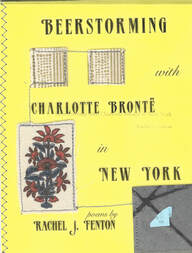
Rachel J Fenton is a working-class writer from Yorkshire. She lives in Aotearoa where she is also known as Rae Joyce and received a Creative New Zealand Arts Grant to research, write and draw a graphic biography of Charlotte Brontë’s best friend Mary Taylor. Her recent research trip to New York City inspired her to write a chapbook of poems titled Beerstorming with Charlotte Brontë in New York.
RF: Kia ora, hello and thank you, Carolyn Gage, thanks so much for having me! I’m a huge fan of your blog and your brilliant work, as you know.
CG: For those of you who may not be familiar with Rachel, she collaborated with me on a charming and dangerous booklet titled “Sexual Textual Tennis” as the “Graphic Poet Rae Joyce.” I encourage everyone in the world to buy this patriarchal atom-splitting work of amazing art. BUT… today I am talking to Rachel about another aspect of her brilliant career. Rachel and I belong to a small but mighty, extremely elite group I like to call “The Lesbian History Detective Agency.” Rachel, perhaps you would like to share with blog readers the subject of your latest investigation…?
RF: I just want to say, first off, “Sexual Textual Tennis” was a champion collaboration and an important one, for me personally it was a pivotal moment in my understanding of what my feminist politics are and what my art can do, so thank you for giving me that wonderful opportunity. And also, “The Lesbian History Detective Agency” would be a great title for a play! OK. I think it’s fair to say that I’m obsessed with a woman named Mary Taylor. For those of your readers who don’t know about her (and five years ago, that was me), she is probably best known as the friend of Charlotte Brontë.
CG: I think that can often be part of the process about researching and writing about historical figures. I just finished a play about the geneticist Barbara McClintock. I had been thinking about this play for thirty years, researching it for ten, and then writing it for three years. Weeks after I finished it, I began to understand myself as autistic. After I got the diagnosis, I was doing an internet search to find out who else was autistic… and McClintock’s name turned up over and over again. Maybe on some deep subconscious level I had been searching for my own story in the history of McClintock.
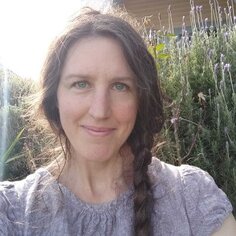 Rachel J. Fenton
Rachel J. Fenton RF: I had intended to visit Te Whanganui a Tara first, then New York’s Public Library Berg Collection, and finally the Brontë Parsonage Museum and Library in my native Yorkshire. I was overjoyed when I was awarded a $20,000NZ grant that meant I could do the research.
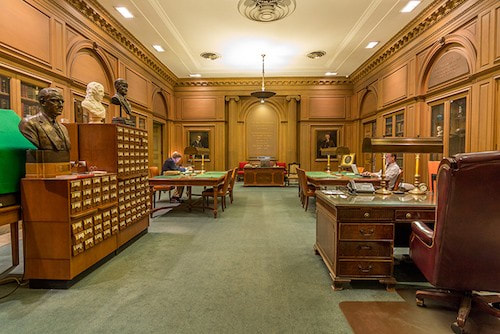 The Berg Collection at NYPL
The Berg Collection at NYPL CG: Ah...New York...
RF: I spent two days researching without breaks in New York Public Library’s Berg collection, and another in The Morgan Library and Museum’s Sherman Fairchild Room. Reading Bronte’s rough slant in contrast to Taylor’s immaculately controlled handwriting was an experience I will never forget. Taylor’s hand was like fine ironwork in a continental city until her beloved sister Martha’s death, when the line tremors and the first sign of emotional weakness shows like the ink on a Richter scale. I thought I felt her pain because I was in pain. I carried this knowledge to my illustrations. When Taylor tells Brontë she is leaving England for New Zealand, I allowed my emotions to bleed into my pen, distorting the line with real as opposed to imagined feeling. On the fourth day, I met up with my online friend Lori. Throughout the previous decade, she had been a constant support to me. Never judgemental, though always truthful. Blunt, even, at times. Loyal. She accepted me for myself. Her letters to me are written in the finest wrought iron cursive, back-leaning, whereas mine to her are a roughshod gallop. Just like the poems I wrote in New York. My friendship with Lori gave me some insight into the importance of Taylor’s friendship, a friendship that was predominantly epistolary
RF: I think you’ve as much as said it with your observation about the future documentation, or lack of it, of women’s friendships, and the need, still, to actively keep our herstories from being erased. Beerstorming with Charlotte Bronte in New York is a sequence of 18 poems structured around the archive of Taylor and Bronte’s correspondence that helped me access their friendship in a way that felt immediate and relevant, and in such a way that I was able to carry that research modality into Betweenity, my graphic biography of Taylor. My friendship with Lori mightn’t be of the likes of Taylor’s and Brontë’s, we are not landed gentry or genteel parsons’ daughters, we may not “astonish” with our antics as Mary and her cousin Ellen did, but in Beerstorming with Charlotte Brontë in New York, I found a way into the archive. I guess all history is like this; we put in as much as we take out, right?
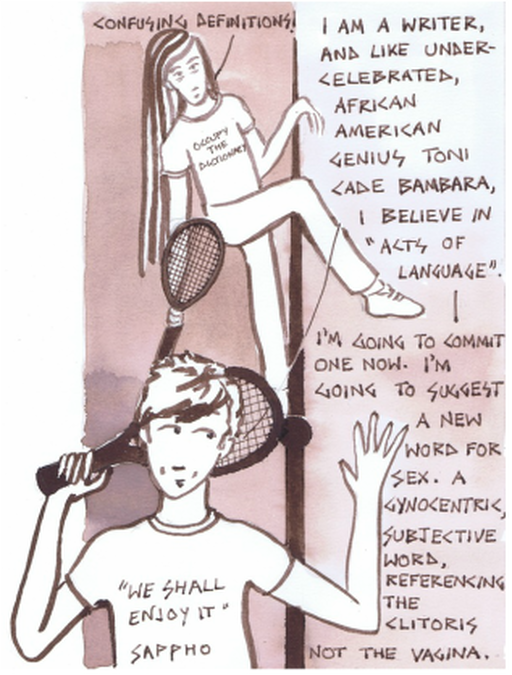
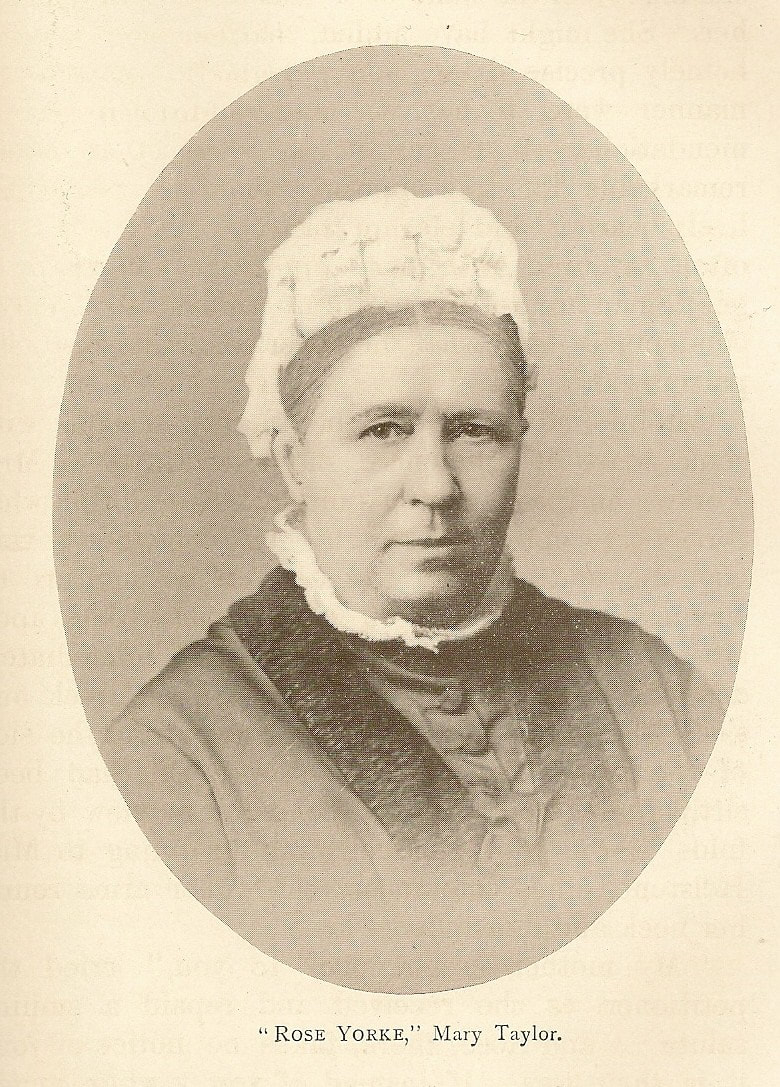
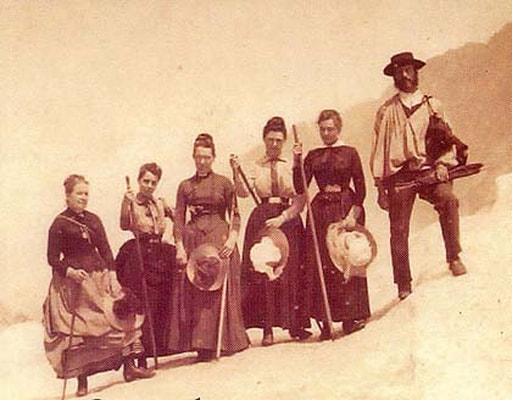
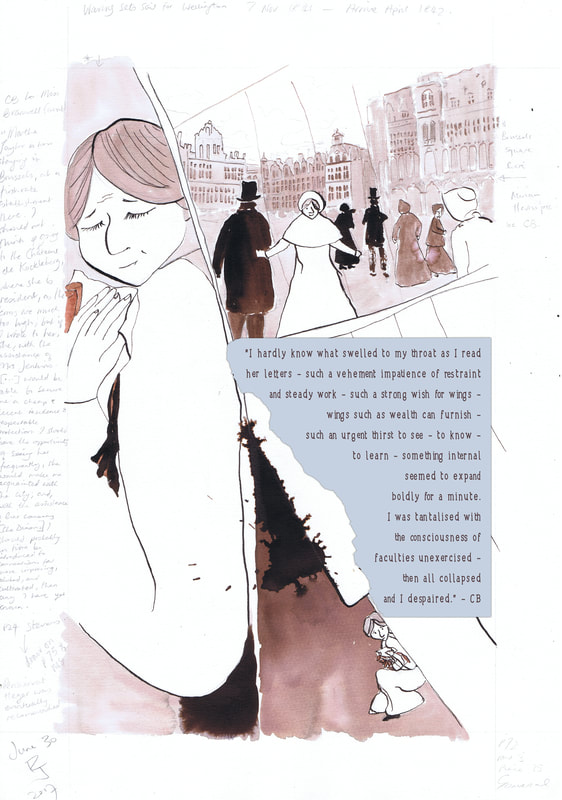
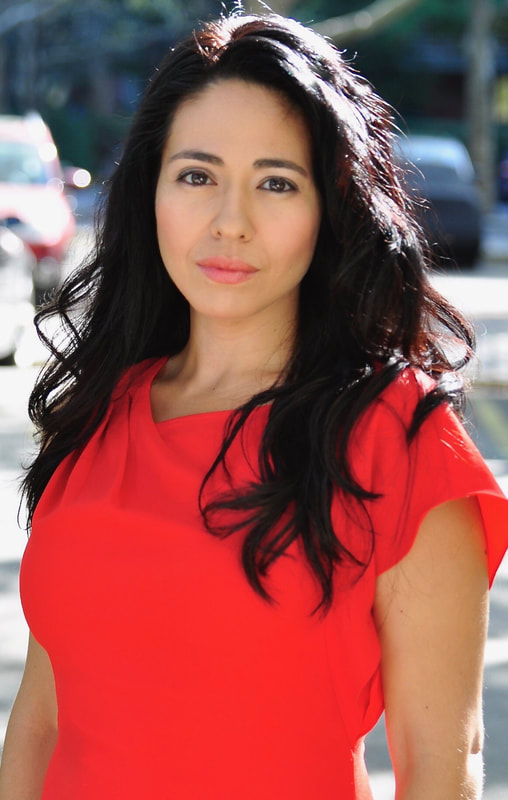
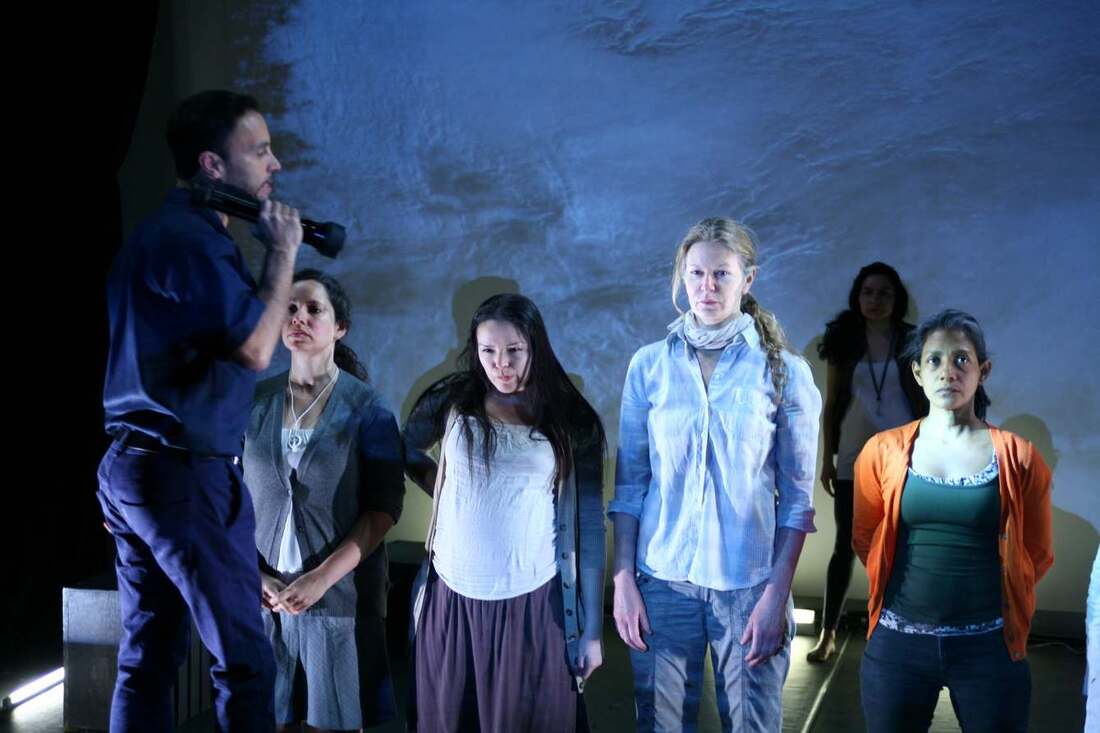
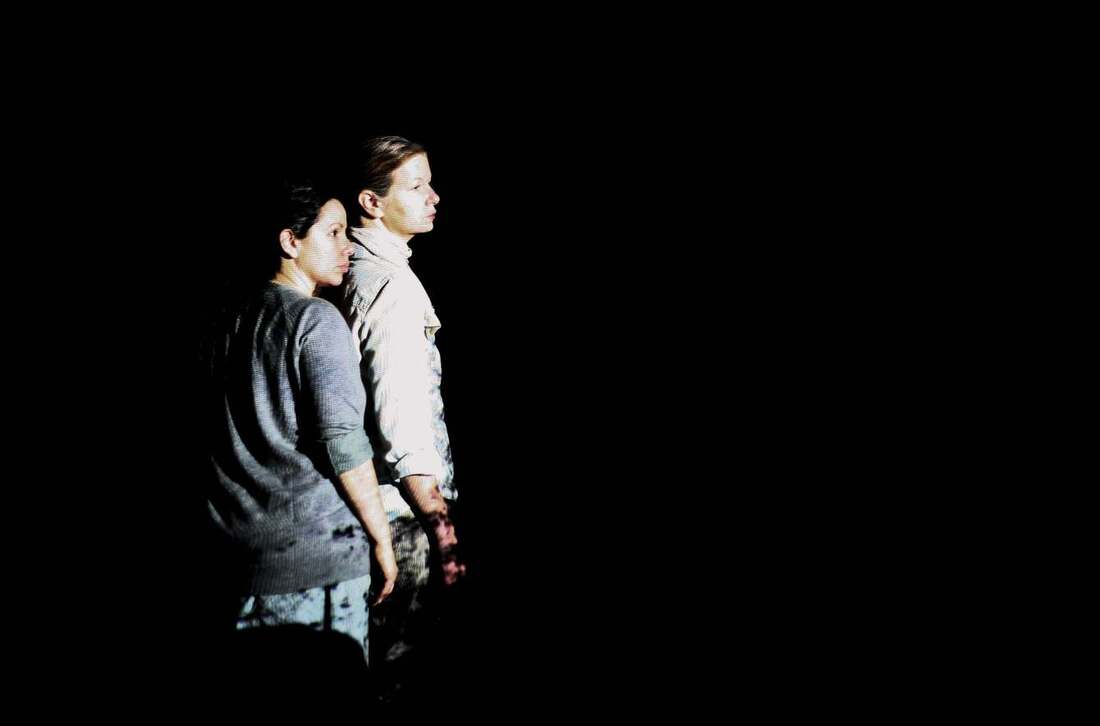
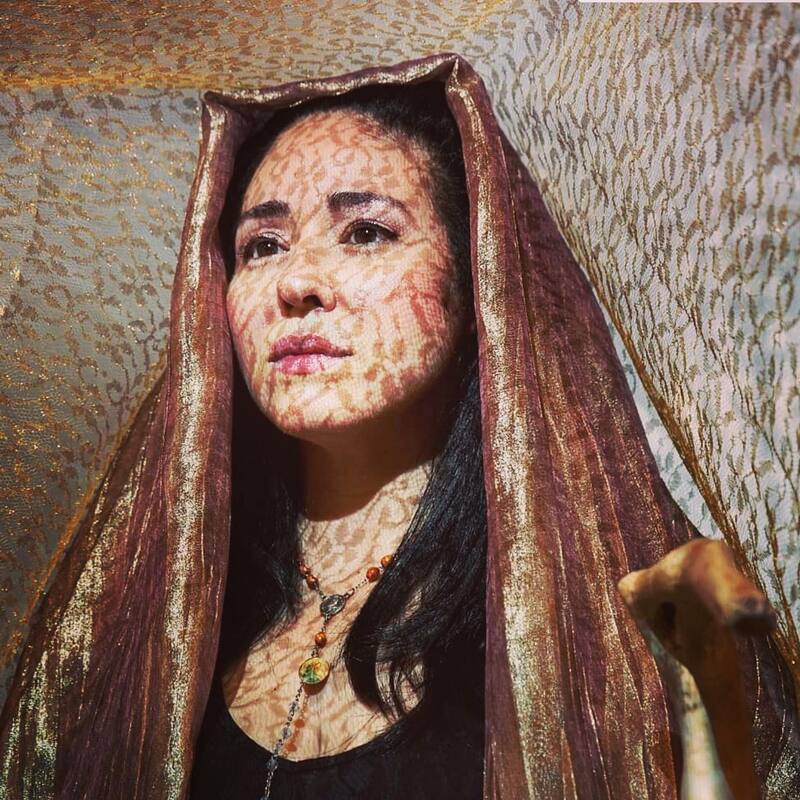
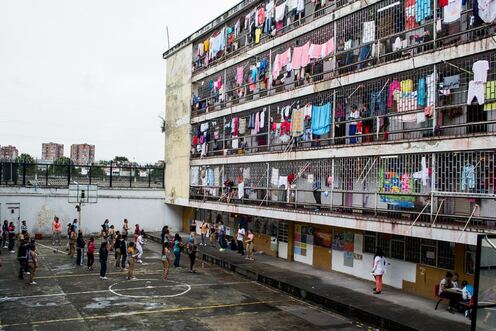
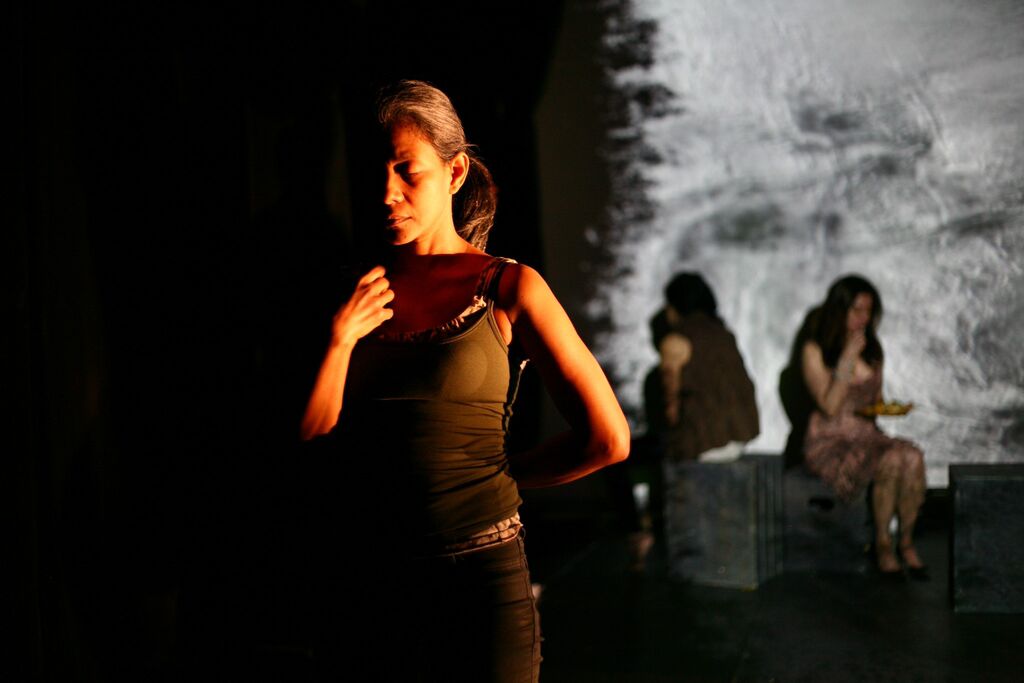
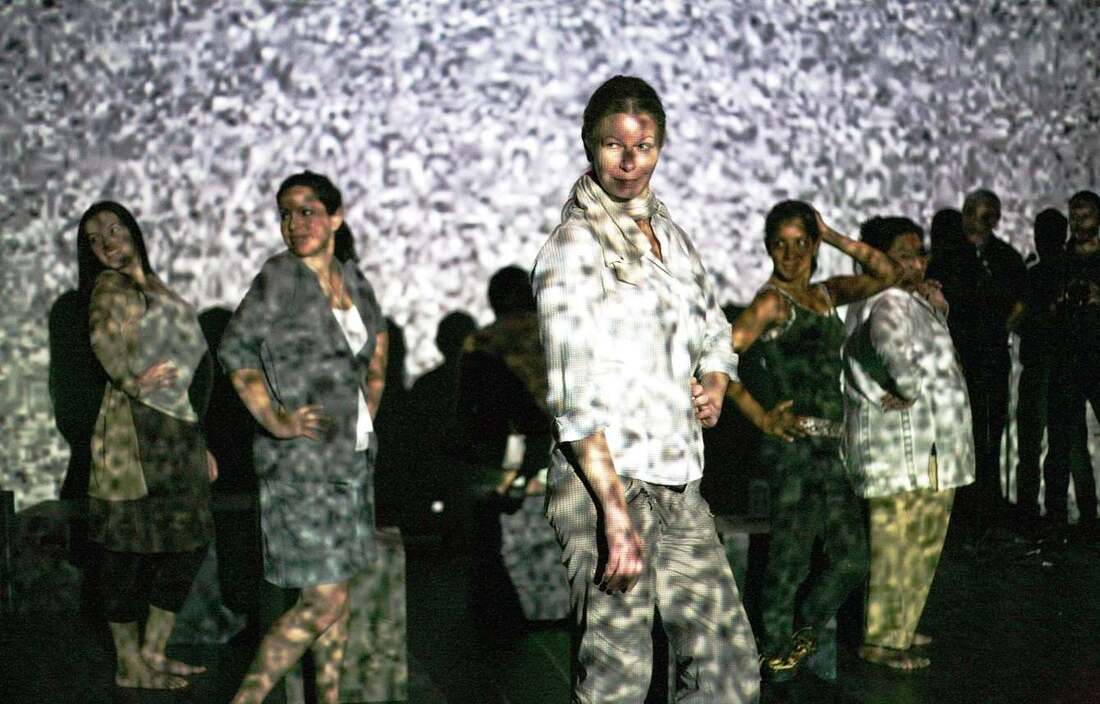
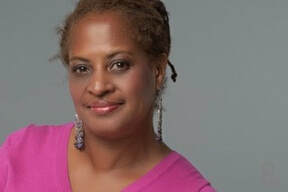
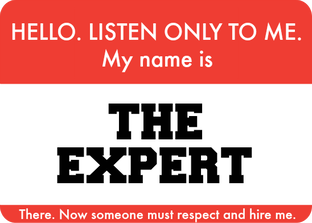
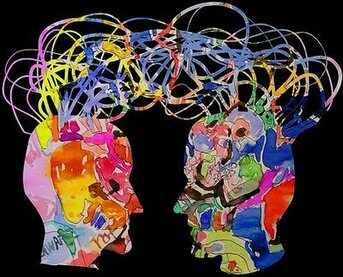
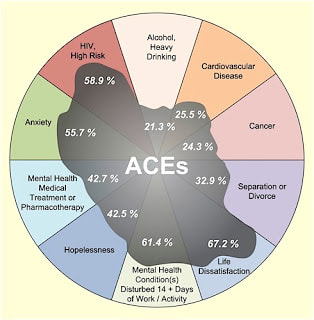
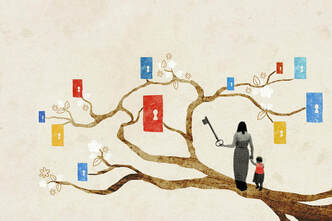
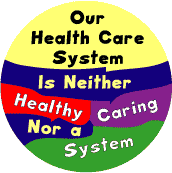
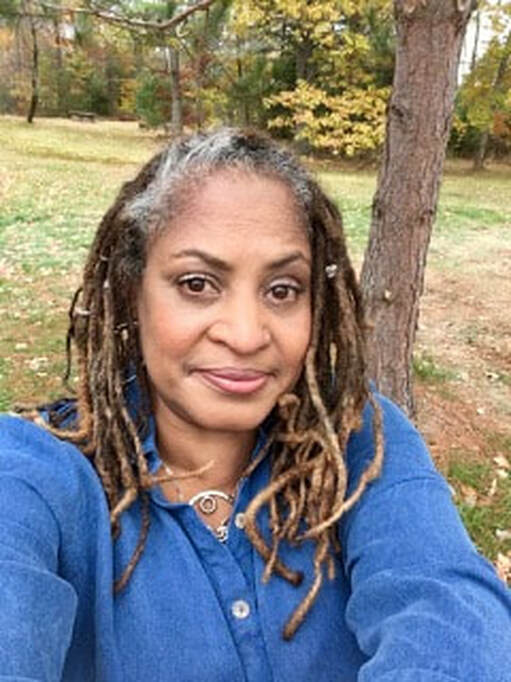
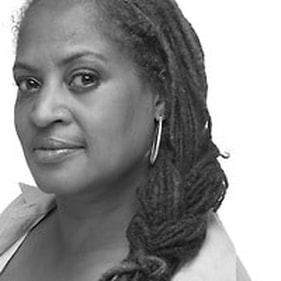
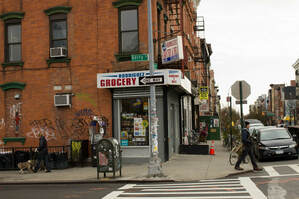
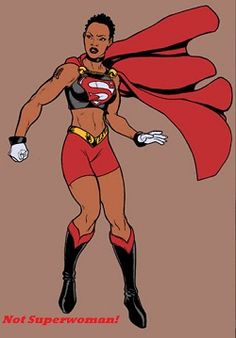
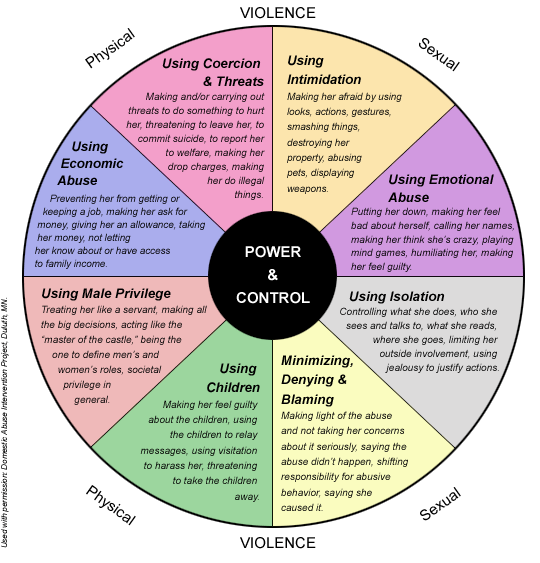
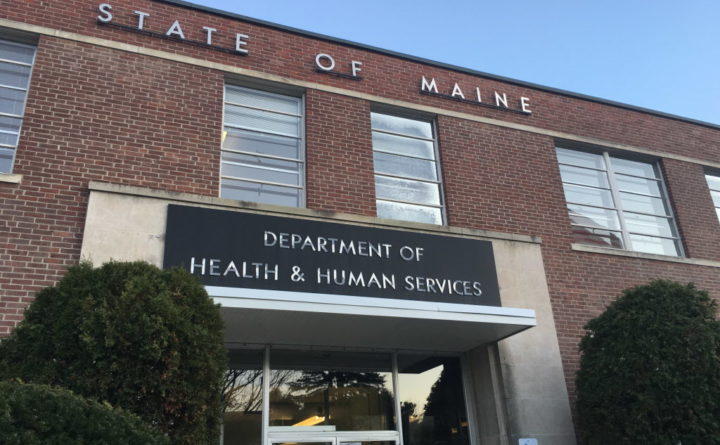
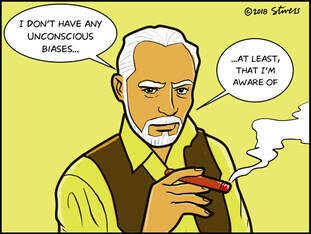
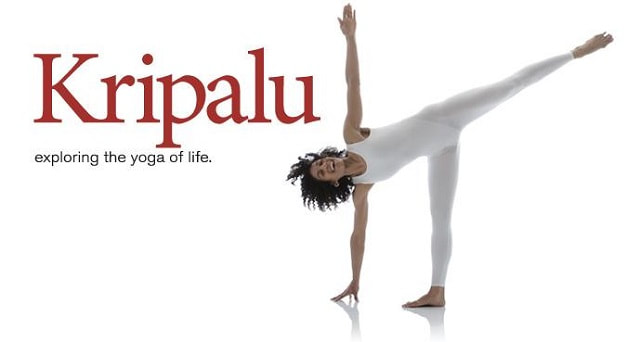
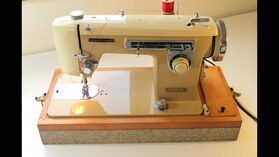
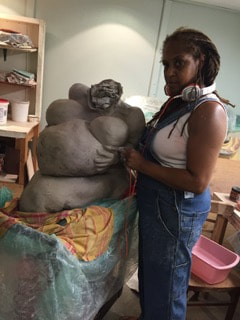
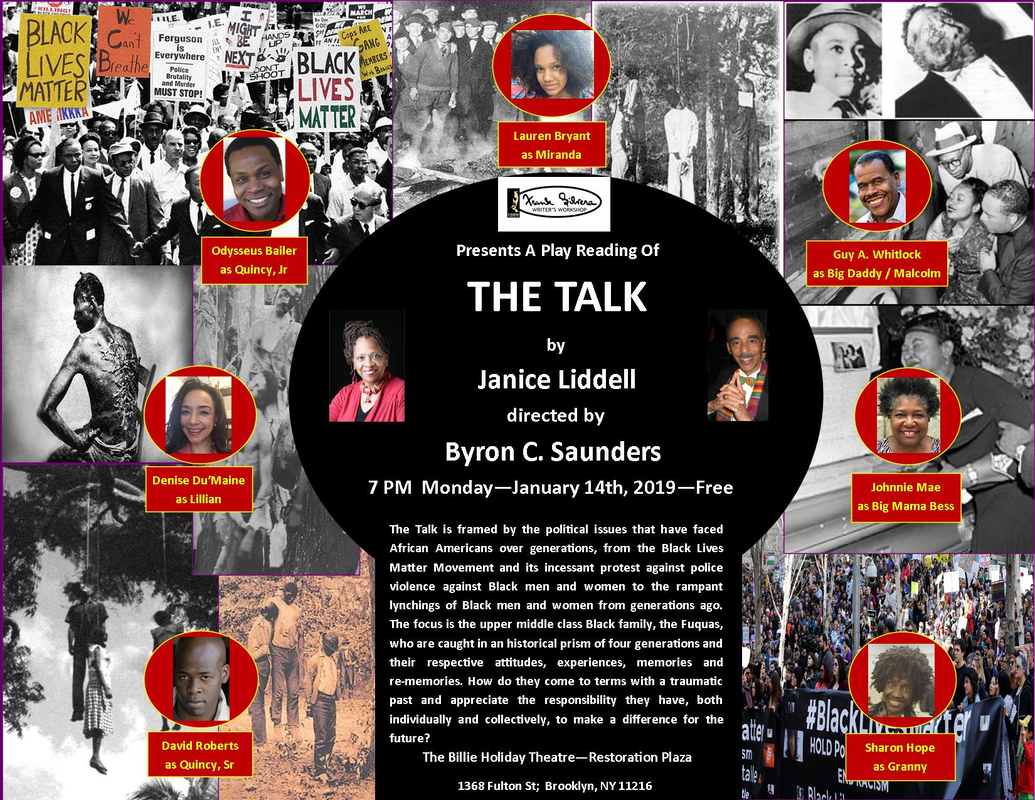
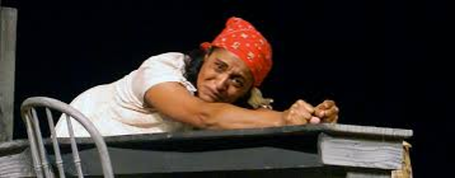
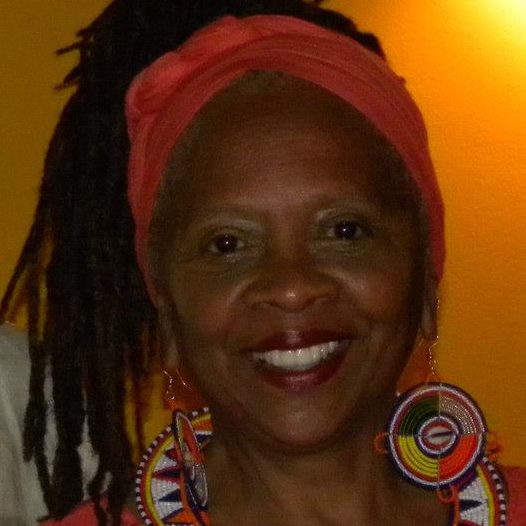
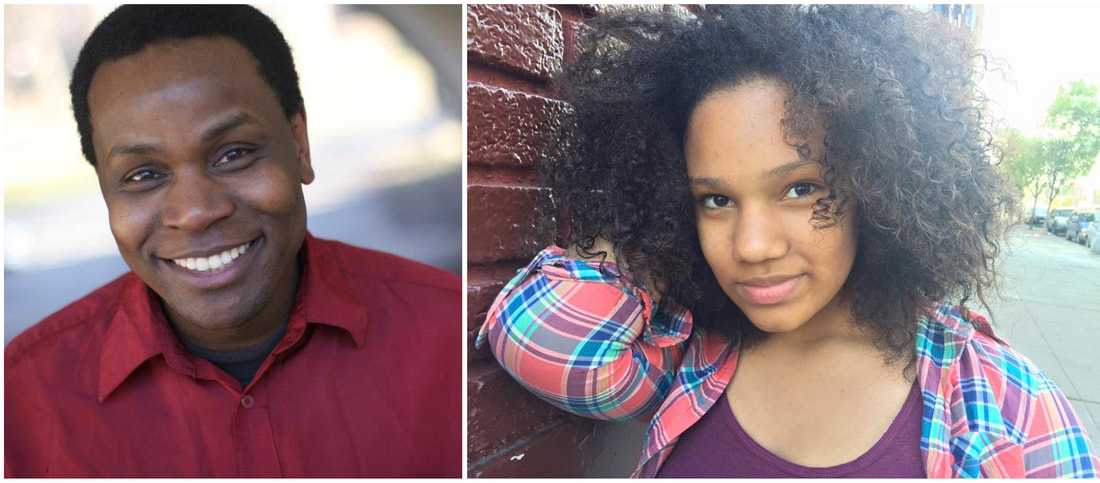
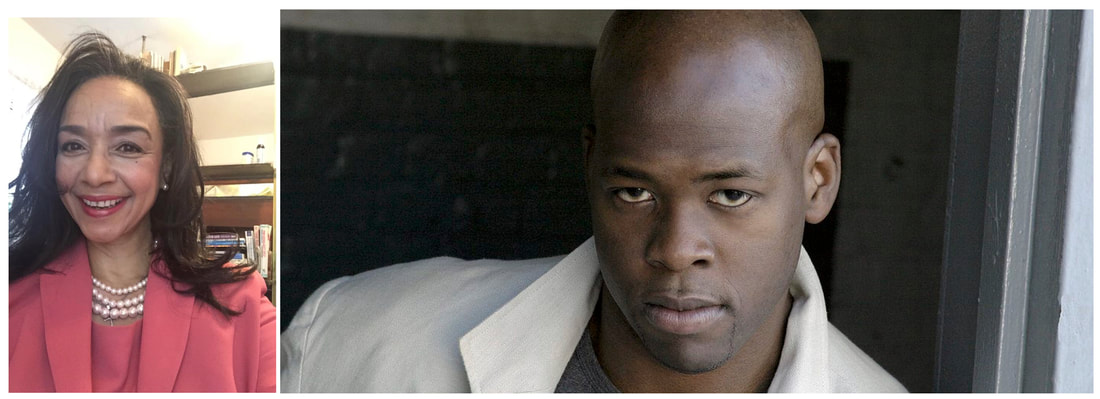
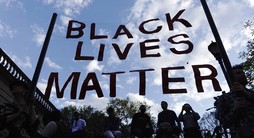
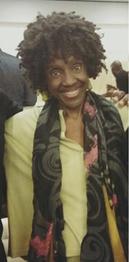
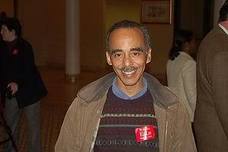
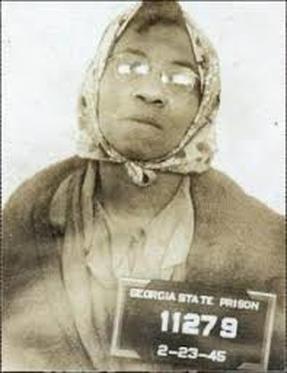
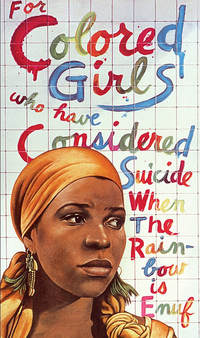
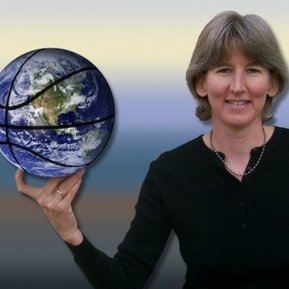
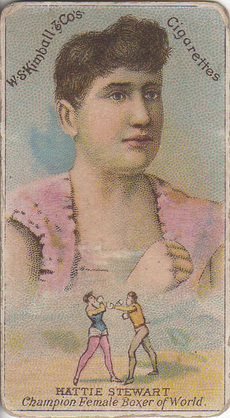
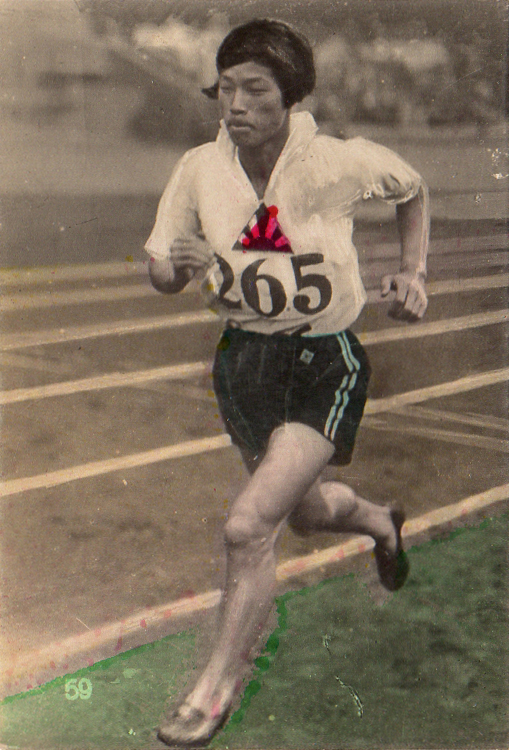
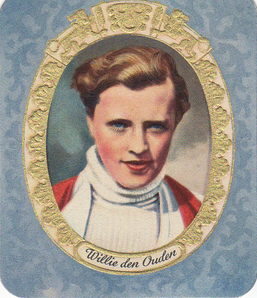
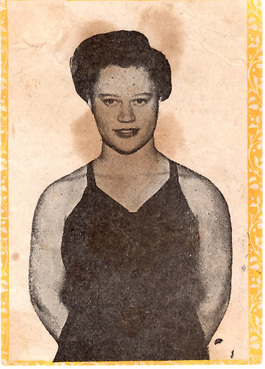
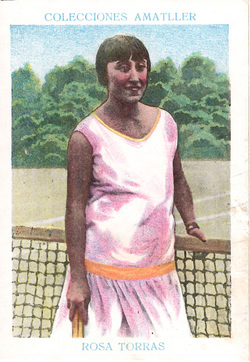
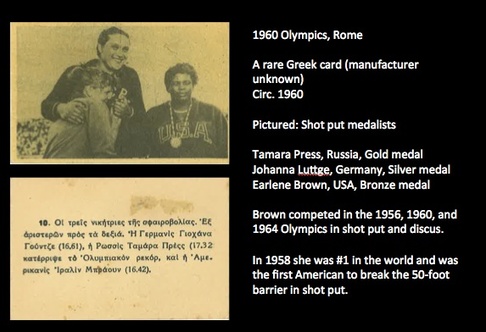
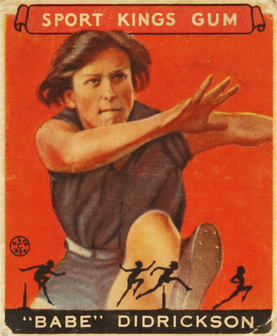
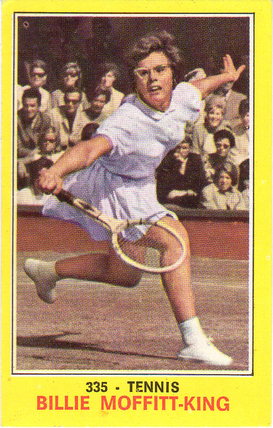
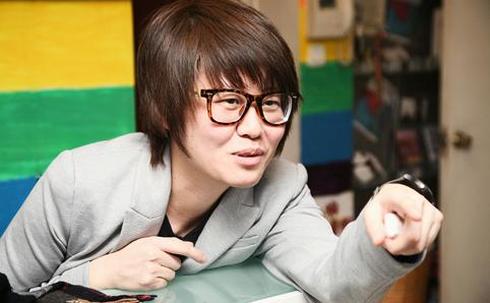
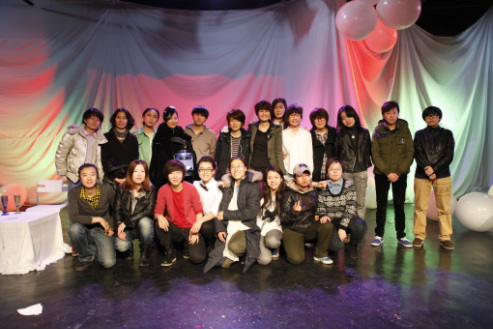
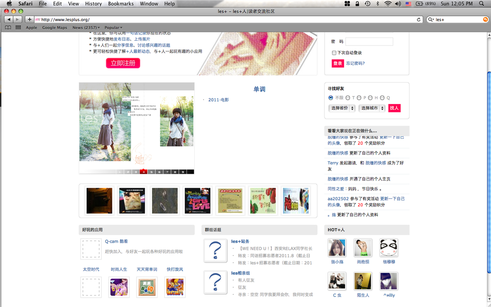
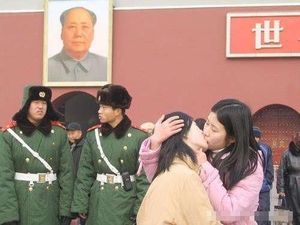
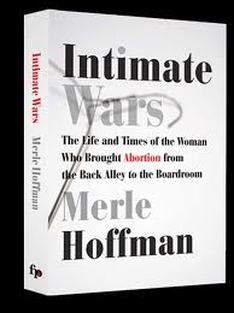
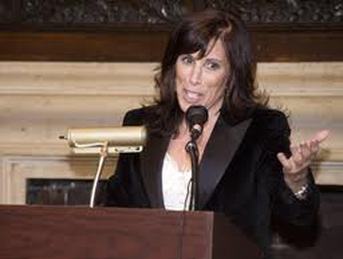
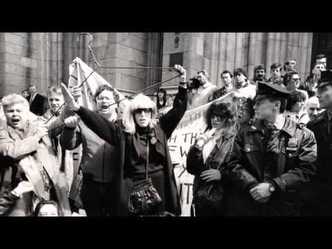
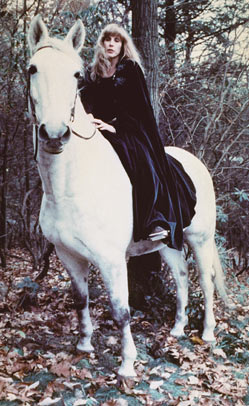
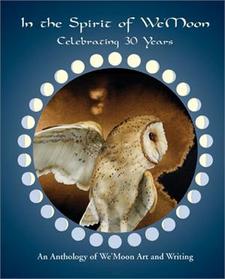
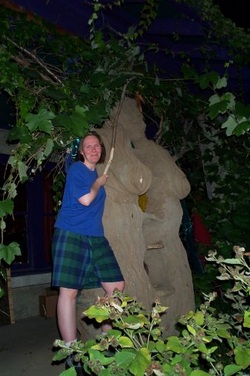
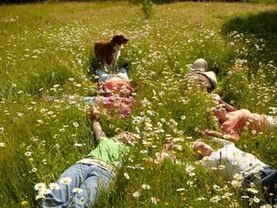
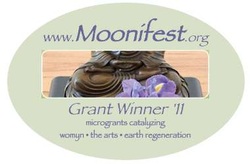
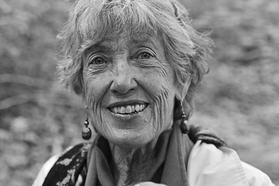
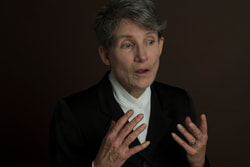
 RSS Feed
RSS Feed
